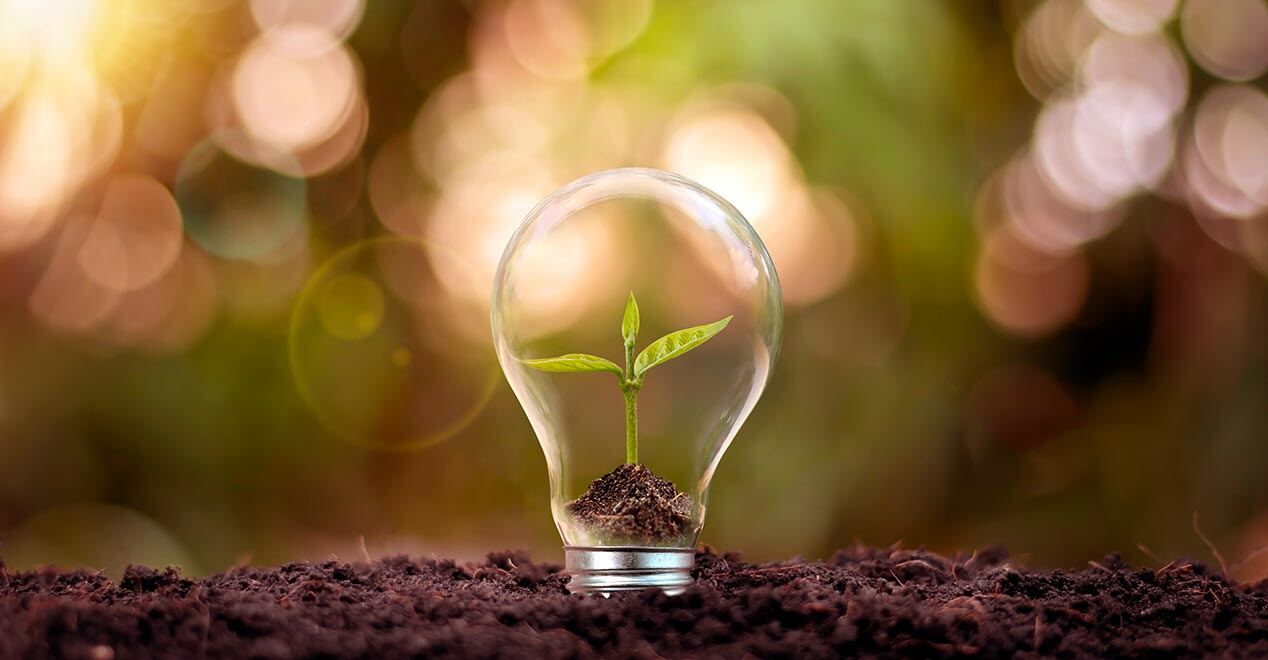As we embrace the warmer days of spring and summer, there's more to look forward to than just vibrant blooms and fresh produce. Planting sustainable flowers and vegetables in small spaces not only enhances the beauty of our homes but also offers significant savings and contributes positively to the economy. In this guide, we’ll explore the benefits of sustainable gardening in small spaces and provide practical tips to help you maximize your savings and make a positive impact on the environment and your wallet.
Understanding Sustainable Gardening
Sustainable gardening is all about creating a self-sufficient ecosystem in your garden, which minimizes the use of non-renewable resources and maximizes the health and productivity of your plants. By focusing on sustainability, you can enjoy bountiful harvests and beautiful flowers while contributing to a healthier planet and a more eco-friendly household.
Maximizing Small Spaces
Even if you have limited space, you can still create a thriving garden. Small space gardening involves making the most out of every inch available. Here’s how you can optimize your small garden for maximum yield and beauty:
Vertical Gardening: Utilize vertical space by growing climbing plants like tomatoes, cucumbers, and beans. You can use trellises, hanging baskets, and wall-mounted planters to increase your growing area without taking up ground space.
Container Gardening: Containers are perfect for small spaces and can be used to grow a wide variety of vegetables and flowers. Choose containers of various sizes to accommodate different plants, and ensure they have good drainage to promote healthy growth.
Companion Planting: Planting compatible species together can improve yield, deter pests, and enhance the growth of your plants. For example, marigolds can be planted alongside tomatoes to repel nematodes and other pests.
Choosing Sustainable Flowers and Vegetables
Selecting the right plants is crucial for a sustainable garden. Opt for native plants and heirloom varieties that are well-suited to your local climate and soil conditions. Here are some sustainable choices:
Flowers: Choose native wildflowers like coneflowers, black-eyed Susans, and milkweed, which support local pollinators and require less water and maintenance.
Vegetables: Opt for vegetables that thrive in your region and provide high yields in small spaces. Leafy greens, herbs, cherry tomatoes, and peppers are excellent choices for container and vertical gardening.
Efficient Watering Techniques
Water conservation is a key aspect of sustainable gardening. Implementing efficient watering techniques ensures your plants receive the necessary moisture without wasting water:
Drip Irrigation: A drip irrigation system delivers water directly to the roots, reducing water waste and promoting healthier plants.
Mulching: Apply a layer of organic mulch around your plants to retain moisture, suppress weeds, and improve soil health.
Rainwater Harvesting: Collect rainwater in barrels and use it to water your garden. This not only conserves water but also reduces your utility bills.
Composting for Soil Health
Healthy soil is the foundation of a sustainable garden. Composting kitchen scraps and garden waste creates nutrient-rich compost that enhances soil fertility and reduces the need for chemical fertilizers:
Compost Bins: Set up a compost bin in your garden to recycle organic waste into valuable compost.
Vermicomposting: Use worms to break down organic matter quickly and produce high-quality compost, ideal for small spaces.
Economic and Environmental Benefits
Sustainable gardening offers numerous benefits beyond the immediate satisfaction of homegrown produce and flowers:
Cost Savings: Growing your own vegetables and herbs reduces grocery bills. Additionally, native plants and efficient watering systems lower maintenance costs.
Local Economy Support: Purchasing seeds, plants, and supplies from local nurseries supports small businesses and promotes local economic growth.
Environmental Impact: Sustainable gardening practices reduce reliance on chemical fertilizers and pesticides, lower water usage, and promote biodiversity, contributing to a healthier environment.
As you embark on your journey of sustainable gardening in small spaces, remember that every small effort contributes to a larger positive impact. By maximizing your space, choosing sustainable plants, and implementing efficient gardening techniques, you can enjoy the beauty and bounty of your garden while saving money and supporting the environment. Happy gardening!
